It occurred to me recently that I’ve barely put a sea kayak in the water this summer, and this year especially the mental energy to deal with holiday traffic, the fight for somewhere to park, and paying inflated fees (24hr camera-enforced now of course), that in some spots have increased by 600% in the last couple of years, simply to be able to access the water just hasn’t been there by the time the weekend arrives. The weather has been persistently a bit rubbish too. The ‘trouble’ with bicycles is that they are simply too easy to wheel out of the front door, sling a leg over and head off without any planning or particular ideas about where to ride; following one’s nose and allowing the meditative act of pedalling a bike, fresh air, and bird song do its work. Having said that, August does present challenges in that the roads are super busy, especially near the coast, and feel really very dangerous with some truly appalling behaviour from motorists which does curtail somewhat the desire to roam. Not to wish summer away, but each year by the time August arrives I, and my friends, cannot wait until September. At this time of year I often feel as if I live in the wrong place as I see friends farther north spending their weekends in the mountains and/or roaming far and wide on quiet trails… It’s partly for that reason, the weather, and also some middle-aged nostalgia for past summers that I’ve found myself drifting back to hobbies I haven’t visited in many years… more of which shortly.
an easterly brings a particular flavour of light with it, I can always tell when the wind is easterly without needing to feel it, or see the clouds.. just from the flavour of the light.
I haven’t been out and about with a camera much given that local riding has felt somewhat restricted to the same local loops just to maintain fitness and get away from screens, however the last week or so I figured I should make the effort.. it does help even if the results are not anything particularly worth keeping…
Time for Something Completely Different
Now, the nostalgia thing… and given the subject matter, I suspect, is unlikely to be of interest to most of my readers, and I must admit I hesitate to even mention it so I’ll caveat it by promising to make this a one-off unless asked to do otherwise ;-)
From as far back as I remember modelling has been a part of life.. mainly aeroplanes but boats and cars too. I can remember early childhood days chasing simple foam or balsa aeroplanes, and watching while while others retrieved them for me .. from roofs, trees, other people’s gardens… or chasing model yachts around the cove in a rowing boat. I can’t remember how old I was when I built my first radio-controlled aeroplane.. 10 or 11 perhaps. Despite that first flight not ending well I continued and over the years built a very many aircraft, some scale, some sport, but always with a particular leaning towards unpowered flight.. gliding, both thermal and slope-soaring, and in the latter years large-scale sailplanes – up to 1/4 scale in some instances (I did also fly the full-sized versions for a while at university, until financial restraints, and bike racing got in the way), as well as having a thing for experimental flying wings. It seemed a natural progression to become an aeronautical engineer. There were some powered aircraft too, but I’ve always preferred the silent sports.. windsurfing not jetskis, sailing, not motorboating, cycling not motorbikes and so on. As an aside it was through building these things that I learned about moulding composites – glass and carbon, in a home workshop environment (dad’s garage….), which have been useful in making kayak paddles and various other bits and bobs. I sold the lot when work took me to Canada.
I dug out a few old prints to scan but the reason I mention it is that fuelled by nostalgia for summer-evenings at the field, silently hunting for thermals in the light airs with only the twittering skylarks for company, and a desire to always be making things, I’ve been drifting back to that hobby to a degree. The flying environment these days however is very different to what it was in my youth. The explosion in drones caused the CAA (Civil Aviation Authority) to introduce strict licensing requirements and flight rules, which by itself is not too much of an issue, but these days in West Cornwall with most of the coastline either owned by the National Trust, or a designated Site of Special Scientific Interest, by-laws have been introduced that make it illegal to fly anything at all from the cliffs. Ostensibly it’s for “nuisance” and “wildlife disturbance” reasons but given that dogs are still permitted to roam unfettered, as are hiking, biking and wotnot it’s hard not to think that, after decades of slope-soaring being a popular activity at a number of well-known sites, the reasons are again simply the nuisance from irresponsible drone pilots, and a degree of prejudice against activities less well-understood/appreciated. It’s for these reasons there won’t be any more large scale sailplanes – there’s nowhere to fly. Instead I’ve found the relatively recent innovation of discus-launch gliding (video explainer) a super way to scratch that itch – low(ish) cost, low hassle, and for models weighing less than 250grams, freedom from most of the legal restrictions around flying larger aircraft – in particular where you can fly. The tiny size makes them easy to carry by bike so I can pedal out and make the most of a summer evening, and the degree of satisfaction in hunting for, and exploiting even the tiniest scraps of lift from a simple hand launch is out of all proportion to the scale of the models. Being able to “do it by bike” makes it a perfect distraction – free from hassle, fuel and parking fees, and busy roads; having become so accustomed to the freedom of a bicycle, having to use a car just feels like an unnecessary ballache. The only limitations really being weather and wind.. although this summer those quintessential summer evenings have been in awfully short supply….
So there you go.. a dose of something completely different. Normal service will be resumed shortly….
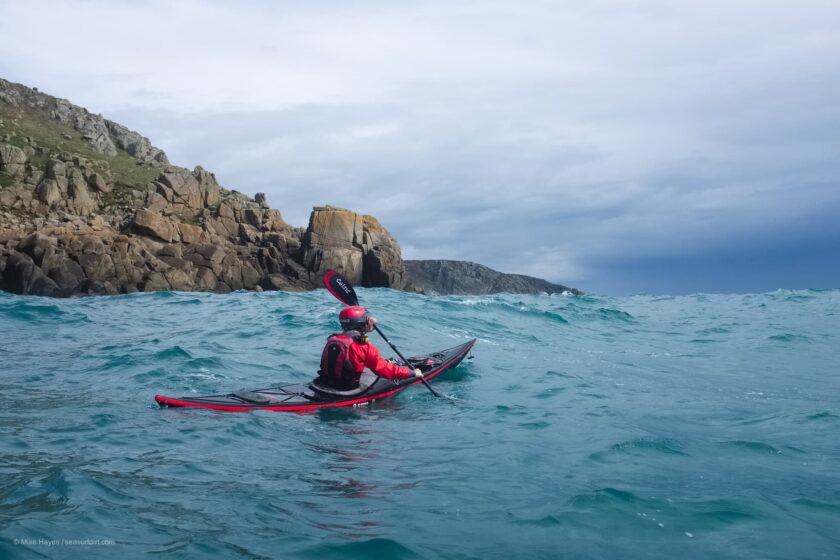
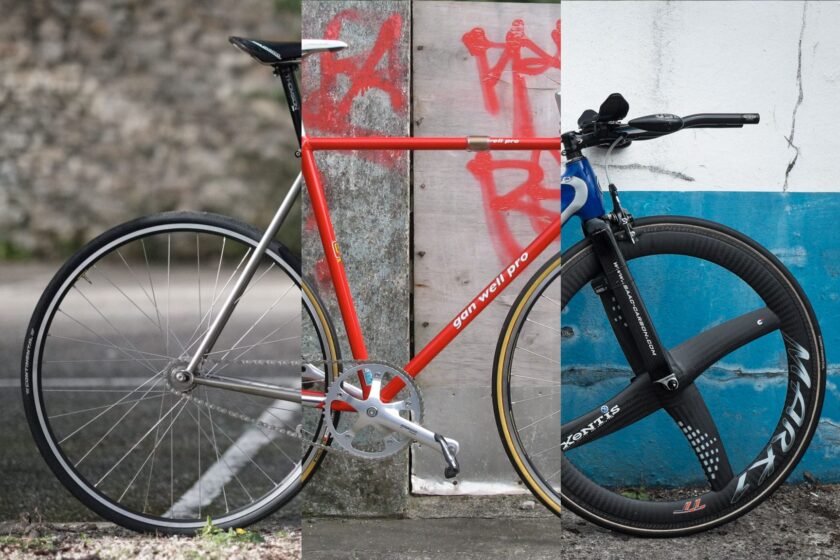
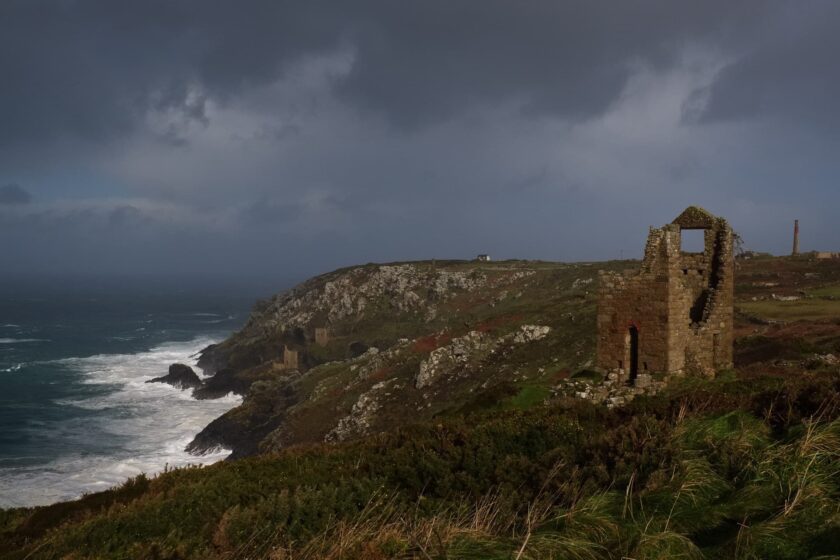
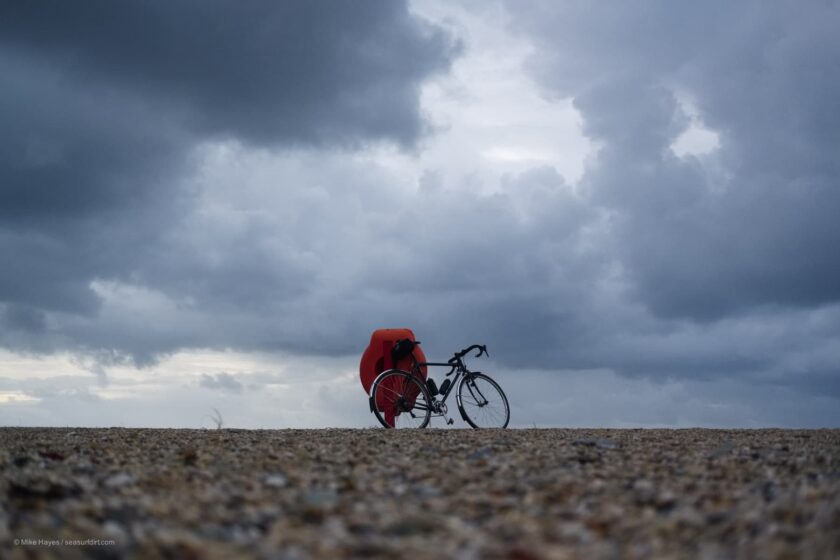
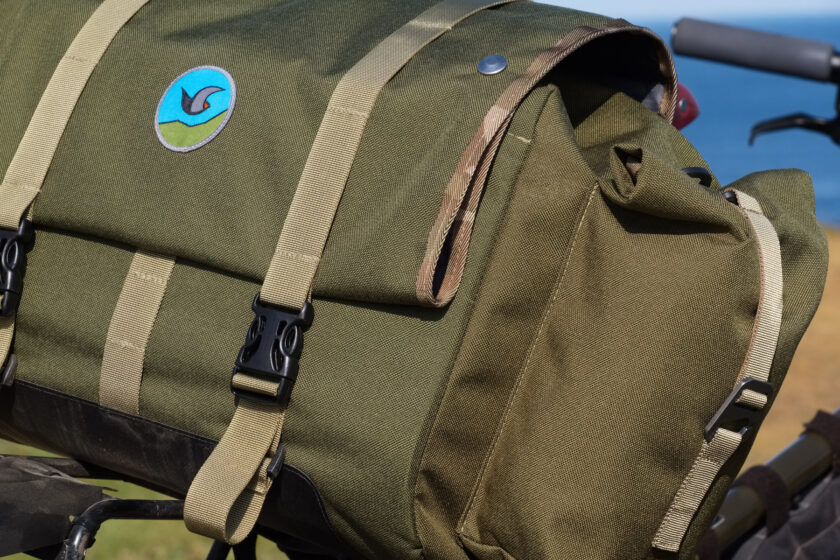
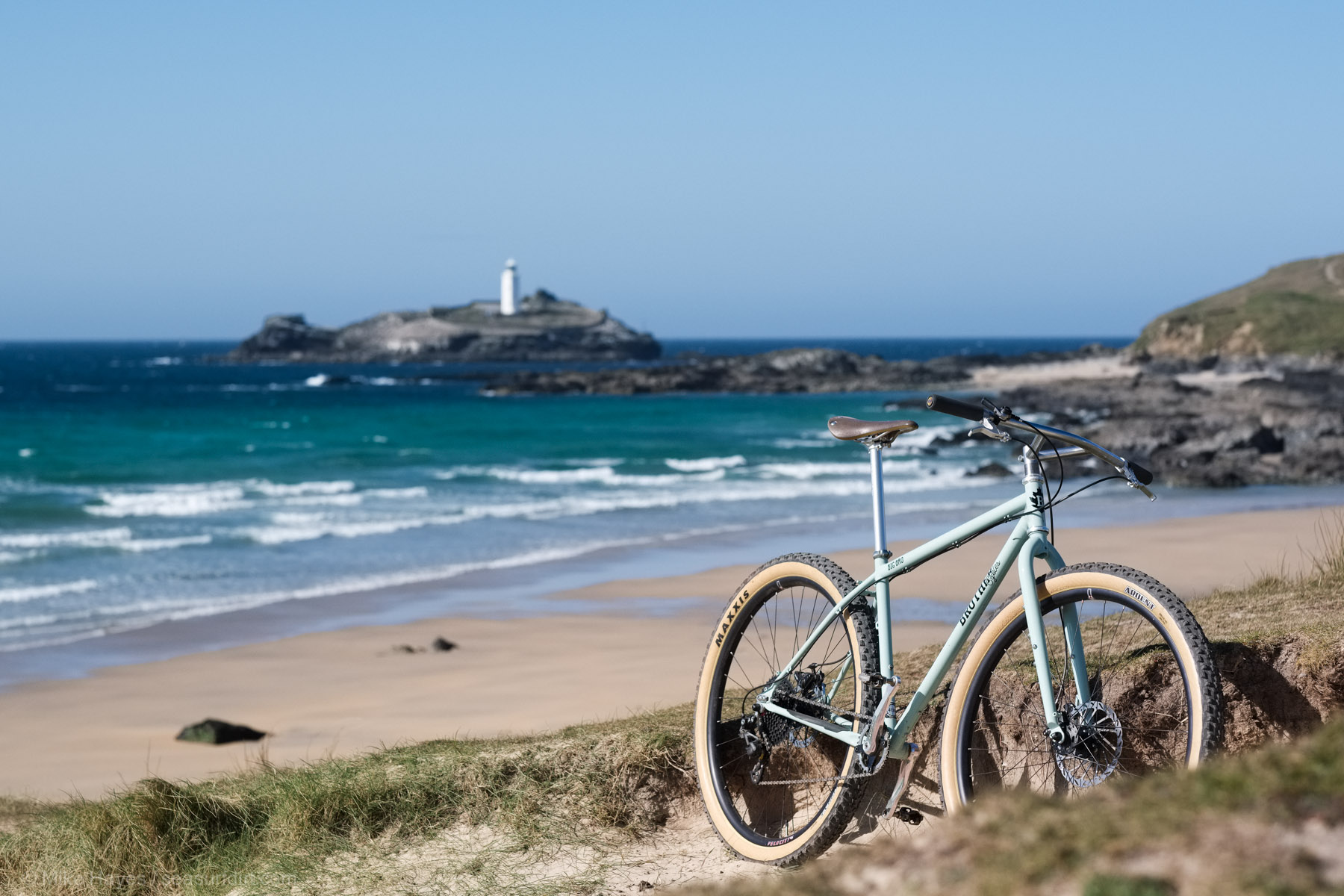
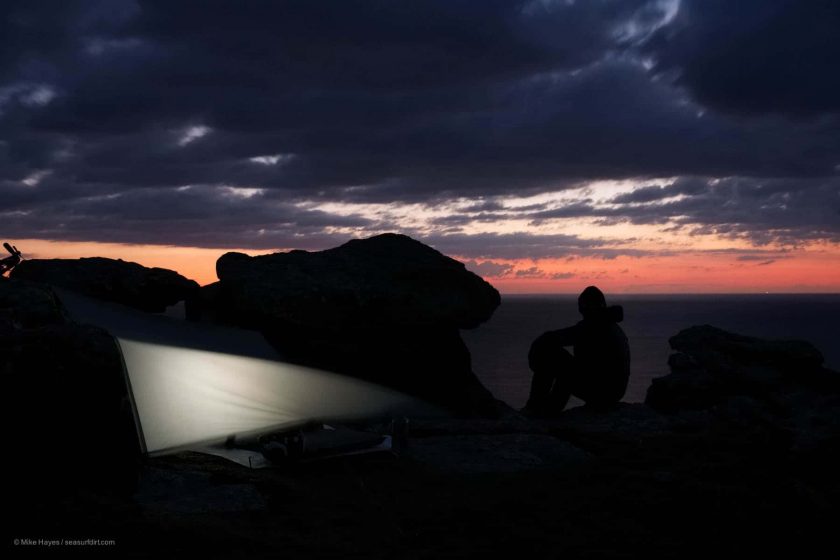
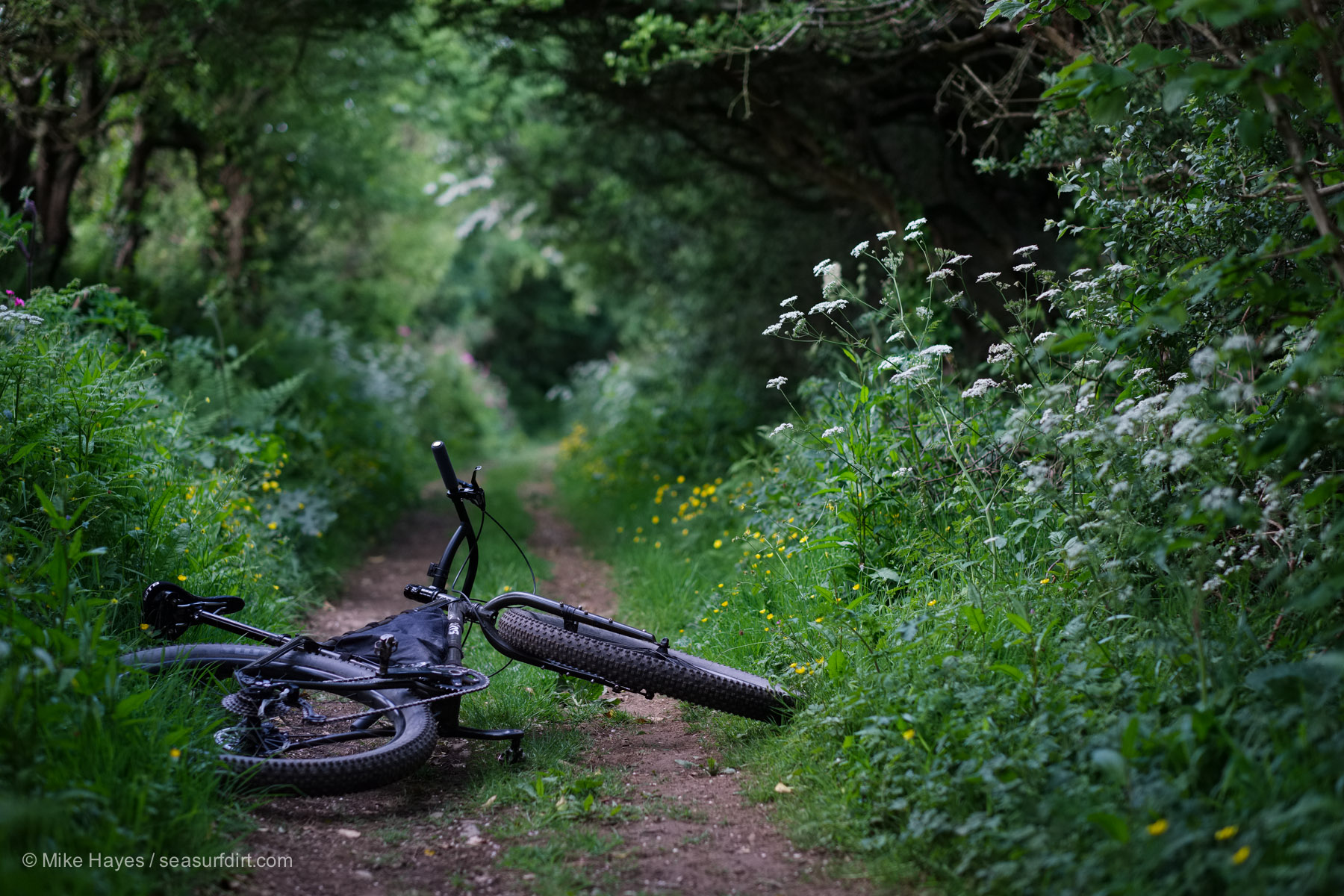
JUST BEAUTIFUL MIKE – you would love summer here – not a soul in most of the great places.
cheers, and yes I know I would. I keep thinking about moving but I don’t know how I would get on without support network of friends and family.. I do struggle with depression from time to time, and the winter weather/darkness farther north might make it worse.. don’t know. Really hard to know what to do, but Cornwall in the summer feels increasingly oppressive, hard to do anything or go anywhere… and it costs an arm and a leg when you do.
Beautiful stuff Mike, and that 1/5 glider is completely mind-blowing!
Looking forward to your Tomahawk analysis, too!
:-) I loved building and flying those things!
I am always happy when a report from you appears, I like the pictures of your island, even if they are commonplace for you, because the landscape is so different from here.
Thank you Thomas
cheers, and you’re welcome. Glad you enjoyed the read :-)
Wow, super models Mike. How did you launch those big gliders – from a towline? You’ve brought back memories for me. I was model aircraft-obsessed in my early teenage years, and built a number of balsa/tissue towline gliders from kits. Dreamed of R/C but it was way too expensive back then. My father was an electronics engineer and built me a single channel Rx/Tx, but sadly it only had a range of about 6 feet so it never made it into a plane. I also sailed model boats, and designed & built a 3 foot catamaran constructed of 1/16″ balsa skins on balsa frames etc. Being a big fan of the C-Class catamarans it had a wing mast rig, balsa ribs and spars covered in doped tissue just like a model plane, with a large slotted flap on the trailing edge. I wish I had a picture of it. It was very light and very fast, but would have been a whole lot more fun with R/C gear. 50-odd years on I still remember one passer-by saying to another “Oh look, a glider has crashed into the lake”. As mid-teens approached dinghy racing took over from everything else, so it’s great to have this reminder of what has gone before. DLGs I had not come across, if you’d tried that with one of my gliders it would have just destroyed the wing – another example of how material advancements have moved things on.
Apologies for that post being a bit “me me me” – I just got a bit excited!
not at all, I love hearing about this stuff!
Our early years had a lot in common by sounds of things… hehe. Model planes, model boats and dinghy racing. That cat sounds brilliant, shame I can’t see a picture! I was very keen on wing-masts, for my thesis at university I developed a computational (fluid dynamics) model for the aerodynamic modelling of wing-masts with attached sails that could take account of the flexibility of the sail membrane component, I won’t bore with details but it was a bit ahead of its time apparently ;-) That came about as a result of fiddling with sand yachts (models and full size) rather than boats but the interest started as a result of dinghy racing while studying aeronautical engineering.
As for the large gliders, mostly slope-soaring so a hand ‘heave’ off a cliff or other slope into the band of lift created by the wind blowing onto the face… Scale aero-towing back then was just starting to become a thing, a mate built a 1/4 scale Piper Cub that could be used as a tug aircraft, just like full size. The models were too big and heavy for conventional towlines/bungee launches.
The DLGs do require some care in construction to be able to cope with the launching loads. Mine are mostly balsa but still use carbon for the spars and lead-bearing/spreading elements. all good fun :-)
Fantastic. You are way ahead of me, all my stuff was just done by a mixture of loosely copying, learning (sometimes the hard way) and feel with no academic or theoretical input. I’d be very happy to have more glider-related stuff on your blog! I’ve only been sand/land yachting a couple of times but loved it, particularly the very subtle feel for how far off the wind you can go for best VMG downwind without losing too much speed/apparent wind – similar to a high performance dinghy with an assymmetric spinnaker except that the dinghy shouts clues at you and the land yacht only whispers.
modelling like that is a fantastic way to learn, I was same, gave me a terrific head start with a bunch of things by the time I did go and study formally. I found sand yachts challenging, for the reason you so eloquently describe.. it wasn’t a big thing for me, just a few times through the university.. bit like gliding really. so many opportunities to do things, but too much work and not enough £££! The beach here at Gwithian in the winter is occasionally used by sand yachts.. I have often toyed with the idea of building an RC one to go down and muck about with when it’s too windy for anything else… perhaps that’s my winter project….well, one of them anyway! I could resurrect the concept model I made all those years ago and turn it into a functioning craft….
Keep us posted!